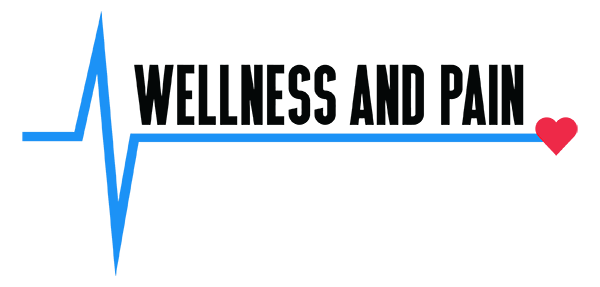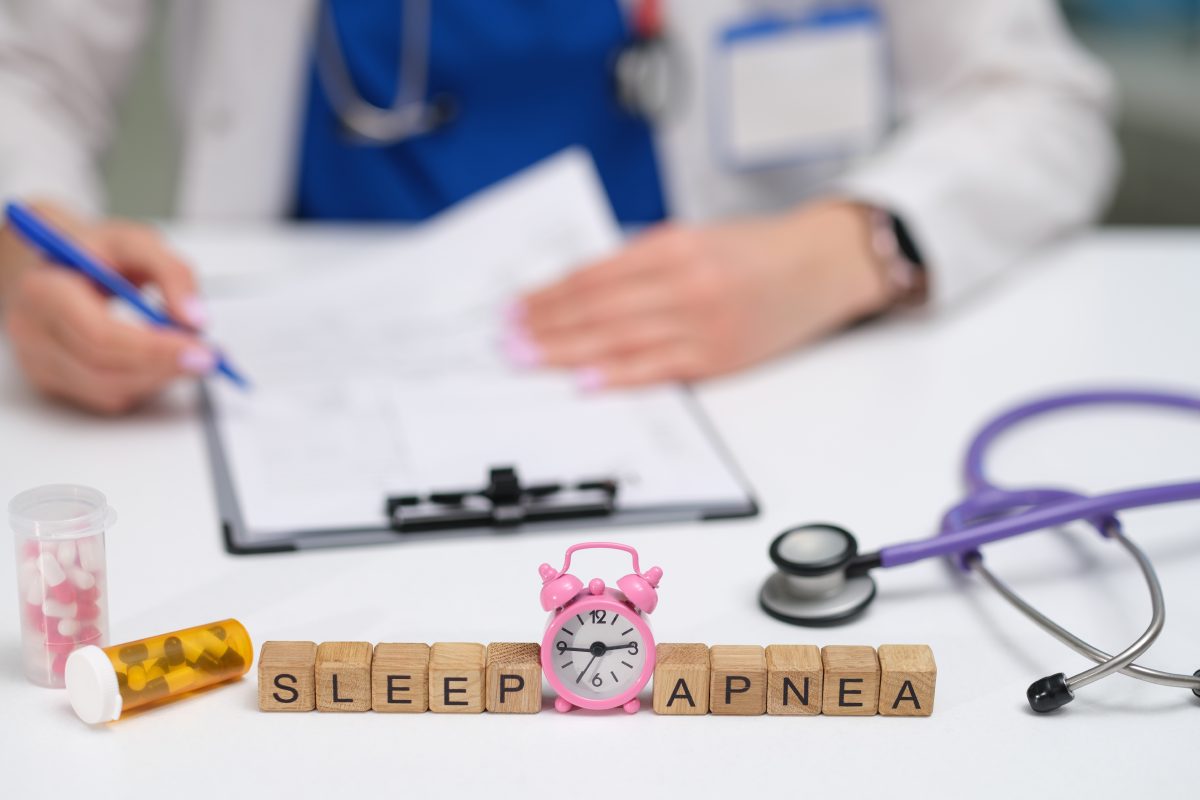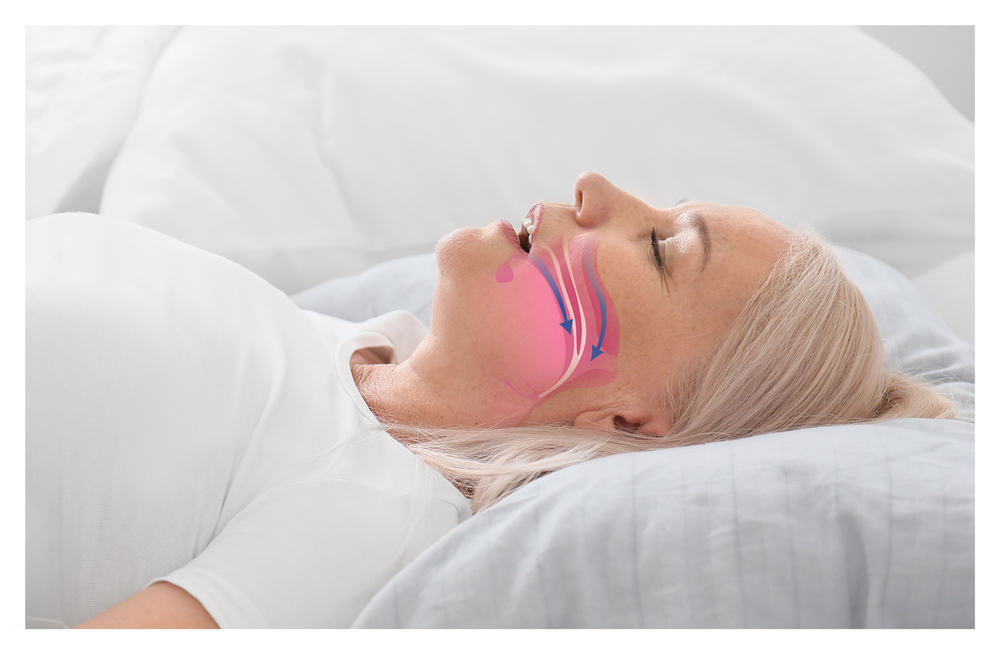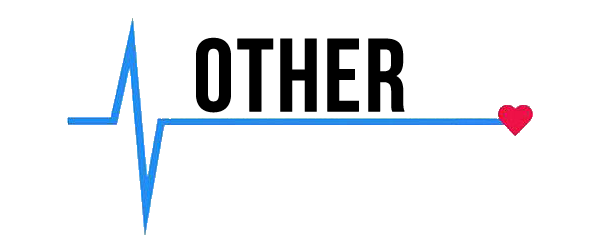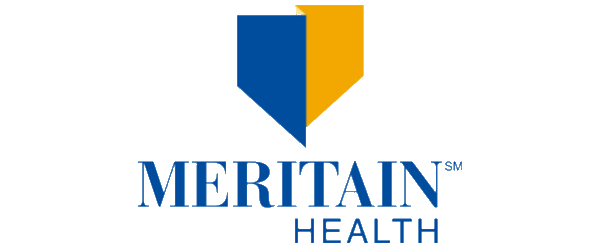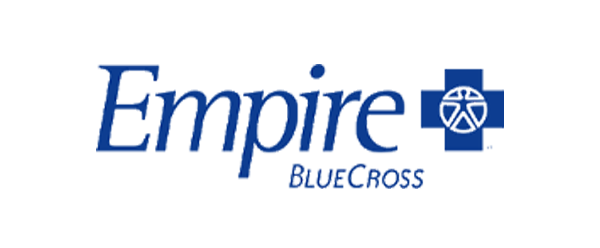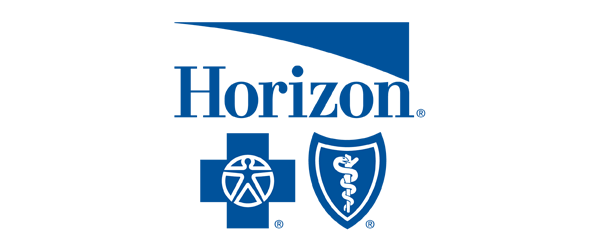For anyone dealing with long-term tiredness, an apnea test for home is the right tool, often following initial screenings like saliva kits checking the body’s clock.
This test looks for changes in hormones like cortisol and melatonin. Odd spikes, when they aren’t expected, can point to sleep timing issues.
Hormone tests, which check for chemical changes, are different from a Home Apnea Test (HSAT), which tracks breathing patterns during sleep. The apnea test specifically measures things like airflow and oxygen levels to spot blocked airways at night.
Learning this difference matters: if someone has off-balance hormones, healthy habits might help, but if their throat closes up while sleeping, they need airway testing, not just lifestyle changes. More people can now get HSATs at home, which is major because this kind of test is the first step to fixing breathing problems during sleep.
If you’re always tired, choosing the right test could make all the difference.
“Now more than ever, there is a need to improve access to diagnostic and effective treatment strategies for patients with OSA,” states a report in the National Library of Medicine.
The Prevalence of OSA and Today’s Apnea Test for Home
Making an apnea test for home the main diagnostic tool for identifying problem severity, Obstructive Sleep Apnea (OSA) causes repeated upper airway blocks that lead to oxygen drops and sleep disruption.
Doctors use the Apnea-Hypopnea Index (AHI) to measure severity: Mild OSA has 5 to 15 events per hour; Moderate OSA hits between 15 and 30. Severe means more than 30.
Rising obesity pushes these numbers up everywhere, with the Wisconsin Sleep Cohort reporting OSA (AHI 5 or more) in 24 percent of middle-aged men and 9 percent of women. But tiredness during the day lowers these symptomatic numbers to about 4 percent in men and 2 percent in women.
High prevalence shows up globally, as even in Asia, where BMI is generally lower, rates still match, indicating that bone structure, not just weight, matters. Most people with moderate or severe OSA do not know they have it, with around 80 percent going undetected, leaving millions untreated. Home sleep testing tools like HSAT could help spot these silent cases, as OSA quietly affects huge numbers and is turning into a serious health problem.
While obesity stands out as a big risk for sleep apnea, weight isn’t the whole story. Doctors also check neck size and waist-to-hip ratio, as increasing numbers correlate with more common sleep apnea. Even gaining just 10 percent more weight can bump the risk up six times, and age matters too, as rates keep climbing until around age 65, after which extra weight doesn’t carry as much impact.
Men seem to get diagnosed more than women, with ratios showing men can be up to three times more likely, but things shift with menopause, when the risk gap between the sexes gets smaller, possibly due to changes in hormones like progesterone and estrogen dropping off, which can affect breathing at night. Women sometimes get missed because their signs don’t fit the usual pattern. Conversely, many report feeling low or having trouble sleeping, and these cases can slip by unless doctors look closer.
With all these different factors, home tests make sense, as they are simple, practical, and help catch people who might otherwise go unnoticed.
Adverse Cardiovascular Outcomes of OSA
Due to the severe health risks that arise when severe OSA goes unchecked, immediate screening with an apnea test for home is important.
Many people with heart disease, sometimes half or more, also struggle with OSA, and getting an early HSAT can change the outcome. The staggering numbers leave little room for doubt:
- Hypertension (High Blood Pressure): Longitudinal studies show a dose-dependent relationship. Compared to subjects with no OSA, those with moderate or worse OSA had an adjusted odds ratio for prevalent hypertension, even after controlling for BMI.
- Stroke: Data shows severe OSA can increase the adjusted odds ratio for incident stroke. Untreated OSA causes a peak in sudden death from cardiac causes during sleeping hours, in contrast to the general population.
- Coronary Artery Disease (CAD): OSA independently predicts incident CAD (Relative Risk $4.60$), with prevalence ranging in patients with documented heart disease.
- Congestive Heart Failure (CHF) and Arrhythmias: Severe OSA subjects show an adjusted odds ratio for self-reported CHF. Severe OSA also contributes to complex arrhythmias, with one study showing a four-fold higher odds of co-existing atrial fibrillation.
People with severe OSA who skip treatment face higher chances of heart problems, both fatal and nonfatal, while using CPAP makes a big difference in these outcomes. Getting started with HSAT is simple and can help prevent serious illness, as early action often saves lives.
OSA’s Global Prevalence and Popularity of Home Apnea Tests
Because millions have undiagnosed Obstructive Sleep Apnea (OSA), especially those with subtle symptoms, the widespread use of an apnea test for home is necessary to determine the true prevalence of the condition. This means lots of folks sleep badly without even noticing.
“Large-scale population studies have consistently estimated a high prevalence of obstructive sleep apnea (OSA), with rates varying based on population demographics (age, sex, BMI),” according to Sleep Medicine journal, which partners with World Sleep Society and the International Pediatric Sleep Association. “The prevalence of OSA varies across studies, but several have reported that approximately 15–30% of males and 10–15% of females in middle-aged populations are affected.”
| Study Location and Year | Population Age Range | Prevalence of OSA (AHI ≥5) | Prevalence of Moderate to Severe OSA (AHI ≥15) | Prevalence of OSA Syndrome (AHI ≥5 + Symptoms) |
| Wisconsin, U.S.A. (1993) | 30–60 | Men: 24% / Women: 9% | Men: 9% / Women: 4% | Men: 4% / Women: 2% |
| Pennsylvania, U.S.A. (1998, 2001) | 20–100 | Men: 17% / Women: 5% | Men: 7% / Women: 2% | Men: 3.3% / Women: 1.2% |
| Spain (2001) | 30–70 | Men: 26% / Women: 28% | Men: 14% / Women: 7% | Men: 3.4% / Women: 3% |
| Australia (1995) | 40–65 | Men: 25.9% | Men: 10% (AHI $\ge 10$) | Men: 3.1% |
| Hong Kong, China (2001, 2004) | 30–60 | Men: 8.8% / Women: 3.7% | Men: 5.3% / Women: 1.2% | Men: 4.1% / Women: 2.1% |
| Korea (2004) | 40–69 | Men: 27% / Women: 16% | Men: 10.1% / Women: 4.7% | Men: 4.5% / Women: 3.2% |
| India (2004) | 35–65 | Men: 19.5% | Men: 8.4% | Men: 7.5% |
| India (2006) | 30–60 | Men: 19.7% / Women: 7.4% | N/A | Men: 4.9% / Women: 2.1% |
Metabolic and Cognitive Fallout
OSA causes systemic issues by messing with sugar processing, disrupting hormones, and throwing off brain function, meaning a successful apnea test for home is the first step toward addressing these challenges.
Studies show a clear link between OSA and problems like insulin resistance or Type 2 Diabetes, even if a person is not extremely overweight. Among people with diabetes, OSA appears frequently — sometimes in almost nine out of ten obese folks — meaning this connection runs so deep that doctors should always check for OSA in anyone with diabetes. Bad sleep and low blood oxygen levels push the body toward insulin resistance and weight gain.
Day-to-day life gets tough with OSA, as people feel wiped out, struggle to think clearly, and often get frustrated by a lower quality of life. The worse the oxygen drops at night, the tougher it gets to focus during the day, which is why sticking with CPAP for at least seven hours most nights gives you a much better chance of thinking clearly.
Untreated OSA isn’t just tiring. It puts you at higher risk for car crashes, and even one night of bad sleep sharpens that risk.
Getting tested with an HSAT could change all that, meaning better odds for good long-term health, and, most of all, safer roads and a fuller life right away. Getting on the right treatment plan reverses many thinking and movement struggles, and accident risk drops down to normal, so the benefits show up faster than you might expect.
Gold Standard of Home Apnea Tests vs. Practical Reality
Despite Polysomnography (PSG) remaining the gold-standard test performed in a certified lab, the simple and accessible apnea test for home has become the preferred first step for diagnosing most cases of OSA.
During the study, they track many physiological parameters to truly see what happens overnight, such as:
- Electroencephalogram (EEG).
- Electrooculogram (EOG).
- Electrocardiogram (ECG).
- Chin and leg electromyograms.
- Body position.
- Finger pulse oximetry.
- Measurements of airflow and respiratory effort.
PSG sets the benchmark for tough cases or people with heart or lung issues like CHF. Yet, the test isn’t easy to fit into daily life, costs a lot, and has long waitlists because of limited spots.
These hurdles leave about 80 percent of people undiagnosed, which is why home sleep apnea tests step in to fix this gap, costing less and being much simpler for most high-risk users. Many suspected of moderate or severe OSA can thus skip a night in the lab and get answers sooner, though PSG still matters for tricky cases or when the chance of a problem looks lower.
Multi-Night Monitoring: Avoiding Misclassification
Today’s apnea test for home, which is a collective of home testing devices, offers a multi-night view of breathing issues. It allows people to accurately track for both Apnea (airflow stopping for 10-plus seconds) and Hypopnea (airflow dropping 30 percent for 10-plus seconds with a 4 percent oxygen desaturation).
People’s AHI scores shift a lot from night to night, as things like sleep position or drinking can make a big difference, with some studies even showing changes of over 57 percent. One case is under-mattress sensors found that people with moderate or severe sleep apnea sometimes looked fine on about 5 percent of nights, illustrating how just one night in a clinic can give the wrong result.
Home tests, by making it easy to track sleep for many nights, provide a better average score and a clearer picture than any single-night test. Devices showing good accuracy and sensitivity rates, often higher than 85 percent against lab results.
Undiagnosed OSA is financially devastating due to high medical bills, but the easy adoption of an apnea test for home can noticeably mitigate these burdens and reduce costs over time. However, once people get an OSA diagnosis through an HSAT and start using CPAP, health expenses drop over time, meaning treatment pays off for both patients and the system.
Home Apnea Tests don’t just make life easier; they open the door for quick answers for people likely to have moderate or severe OSA, just as sleep experts recommend. Spotting OSA sooner means better survival rates, better days, and fewer cases slipping through the cracks. With early testing and care, that huge group of undiagnosed people shrinks fast, cutting wasteful spending and giving real relief to strained health care budgets.
“Since making these adjustments, I’ve already noticed a drastic improvement in my sleep,” states one patient in CNET. “As expected, there have been some restless nights and groggy mornings here and there, but fewer than before. I’m falling asleep easier and waking up less often throughout the night as my body slowly adapts to going to bed earlier. I haven’t felt as strong of a need to drink coffee later in the day, and I believe (and hope) it’s because my circadian rhythm is slowly returning to normal.”
Wellness and Pain
Find your personalized apnea test for home by visiting Wellness and Pain. We offer conservative treatments, routine visits, and minimally invasive quick-recovery procedures. We can keep you free of problems by providing lifestyle education and home care advice.
This enables you to avoid and manage issues, quickly relieving your inhibiting lifestyle conditions when complications arise. We personalize patient care plans based on each patient’s condition and unique circumstances. Wellness and Pain can help improve wellness, increase mobility, relieve pain, and enhance your mental space and overall health.
